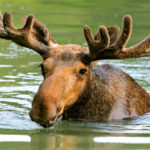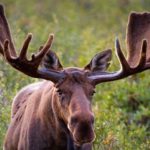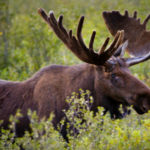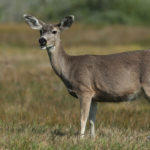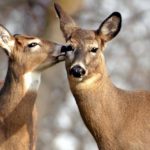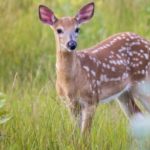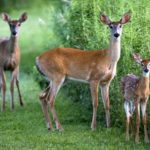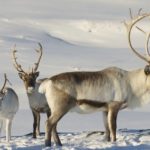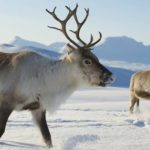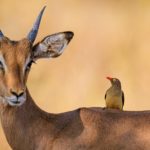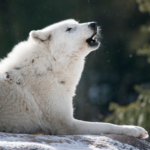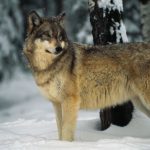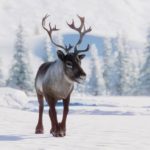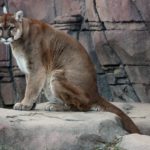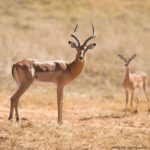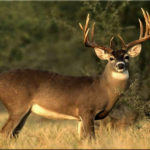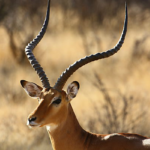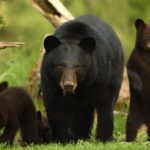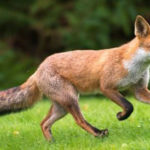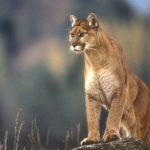Moose
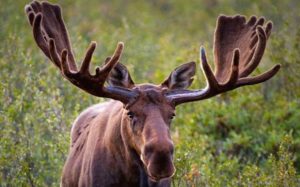 Moose are the largest representatives of the deer family. Males wear giant horns on their heads, which drop every winter. These horns are somewhat different in form from deer antlers. They help the moose to hear better.
Moose are the largest representatives of the deer family. Males wear giant horns on their heads, which drop every winter. These horns are somewhat different in form from deer antlers. They help the moose to hear better.
Unlike their deer relatives, moose lead a hermitic way of life and do not form a herd. Despite slow movements and good-natured disposition, moose can sometimes become very aggressive and move surprisingly quickly, if they are angry or frightened.
The mating season for moose begins in autumn, when fierce battles between males that compete for the right to mate with a certain female can occur.
Moose large and heavy, they have elongated muzzles and massive heads, short tails, a hump on the back and huge ears, with which animals can rotate. Thanks to long legs, the moose move easily in the snowdrifts, and from the dull cold it is rescued by warm fur. They have a good sense of smell and hearing, but they do not see moose well.
Females and males are approximately the same height (1.2-1.8 meters), but males are usually heavier and weigh on average about 430 kilograms, when both females are 340 kilograms. Moose eat up to 25 kilograms of plant food daily and can migrate at different times of the year in search of more fresh plants. Most of the elk’s strength is obtained from flowering plants and fresh shoots of trees – willows and birches. In these plants, quite a bit of sodium, and moose have to eat a large number of aquatic plants to replenish the lack of mineral. Despite the low caloric content, they have a lot of sodium, so about half of the diet of moose are river and marsh plants. Over time, the elk can dig up to 50 kilograms of food.
Moose usually lead a solitary lifestyle, but there is a strong connection between the mother and the baby. One female gives birth to 1-2 young in May or June. The newborn lamb has a wool with a rusty tinge and for about a year it remains with the mother until another baby is born. Cubs grow quickly, their sexual maturity comes at 2 years. Life expectancy is 15-25 years.
Losi are very common in the northern parts of the Northern Hemisphere. Some of their representatives live in North America – in Alaska, in Canada, in the Rocky Mountains, in the states of Utah and Colorado. They are also seen in such states as Maine, Michigan, Minnesota, New Hampshire and North Dakota.
Losi are found also in Siberia, Scandinavia, Mongolia and China.
Guard status: causing the least fear.
In North America, there are from 800 thousand to 1.2 million moose. Every year, hunters destroy about 90 thousand of these animals. The natural enemies of moose are bears and wolves. Fortunately, moose breed well and despite excessive catching, there are quite a few of them. They easily adapt to new conditions and can expand their habitat.
